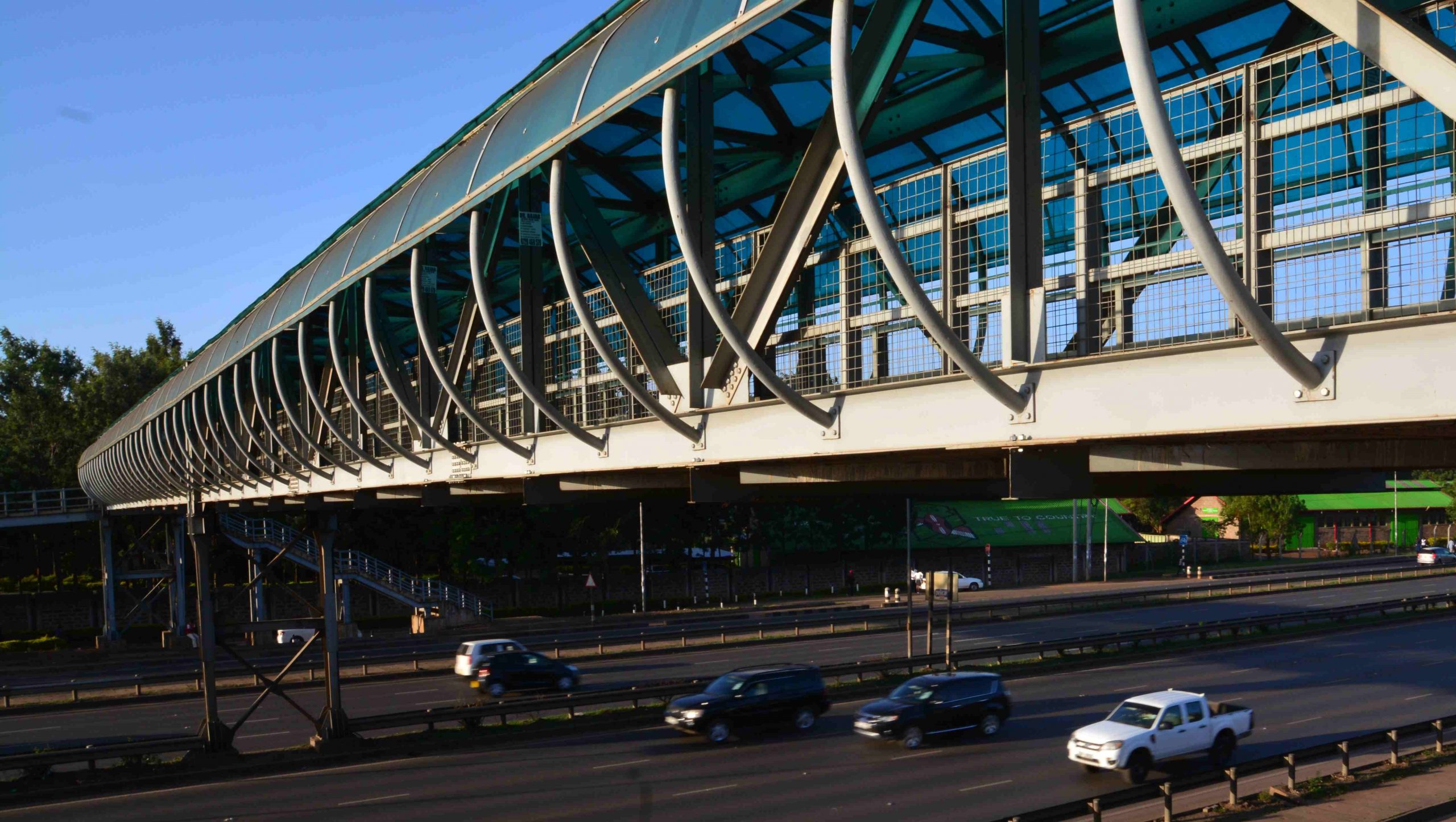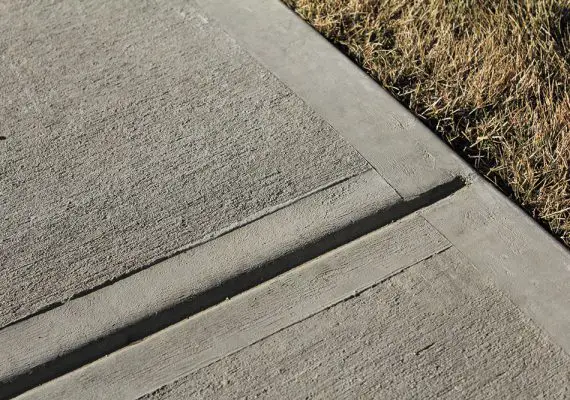What Do Terracotta Means?
What Do Terracotta Means?
Terracotta is a type of ceramic clay that is most commonly used to produce statues and pottery.
It is formed into shaped items that are then fired in an oven or kiln. The firing process gives terracotta its unique color and makes the surface of the pieces hard, durable and waterproof.
Terracotta pieces can range from orange to brownish red, depending on their ingredients and firing temperature, and are often used for decorative purposes in gardens and outdoor spaces because of their durability against harsh weather conditions.
What Is Terracotta Made From?
Terracotta is a ceramic material made from clay, sand and water that is fired at high temperatures to produce an earthenware product.
The firing process causes chemical changes in the clay making it capable of bearing stress and holding its shape when dry.
Depending on how it’s fired, terracotta can range from yellow-brown to deep reds in color. Terracotta is may be unglazed or glazed for use both indoors and outdoors, mostly used as roof tiles, vessels and bricks for walls.
It has been used in buildings since the dawn of civilization for its durability and aesthetic qualities.
Can Terracotta Break Easily?
Terracotta is a highly durable material that can last for centuries in some cases, but it can also be prone to breakage if not handled with care.
It is possible to chip, crack and even shatter terracotta depending on the force exerted on it and its age.
When used as building materials such as roof tiles or floor tiles, terracotta is extremely strong and will rarely break unless exposed to extreme conditions.
However, it is much more brittle than other ceramic materials, so accidental bumps or careless handling can easily cause damage.
To prevent breakage, it’s important to provide adequate support when transporting or handling terracotta objects in order to avoid any heavy impacts or sharp pressure points.
Is Terracotta A Natural Material?
Terracotta is a natural material made from clay and minerals, fired at high temperatures to produce an extremely durable and waterproof material.
It is often used for pottery, roof tiles, building bricks and sculptures due to its long lifespan and resistance to extreme weather conditions.
Terracotta is also known for its distinctive reddish hue and has long been used in architectural structures across the world.
It is an attractive option for many due to its sustainability – terracotta can be recycled or repurposed into various materials, making it an eco-friendly choice.
Does Terracotta Let Water Through?
Terracotta is a clay material often used in pottery making, architecture and landscaping. It is an excellent material for plant pots due to its ability to absorb moisture and slowly release it back into the soil, which helps keep plants hydrated.
While terracotta does allow water to pass through it, since this process occurs slowly over time, the surface of terracotta can become damp or wet without any water visibly running off it; however, with proper drainage systems in place – e.g., by using terracotta pots with drainage holes on the bottom or planting them in raised planters that have good drainage – excess water can be effectively directed away from plant roots, allowing them to thrive.


